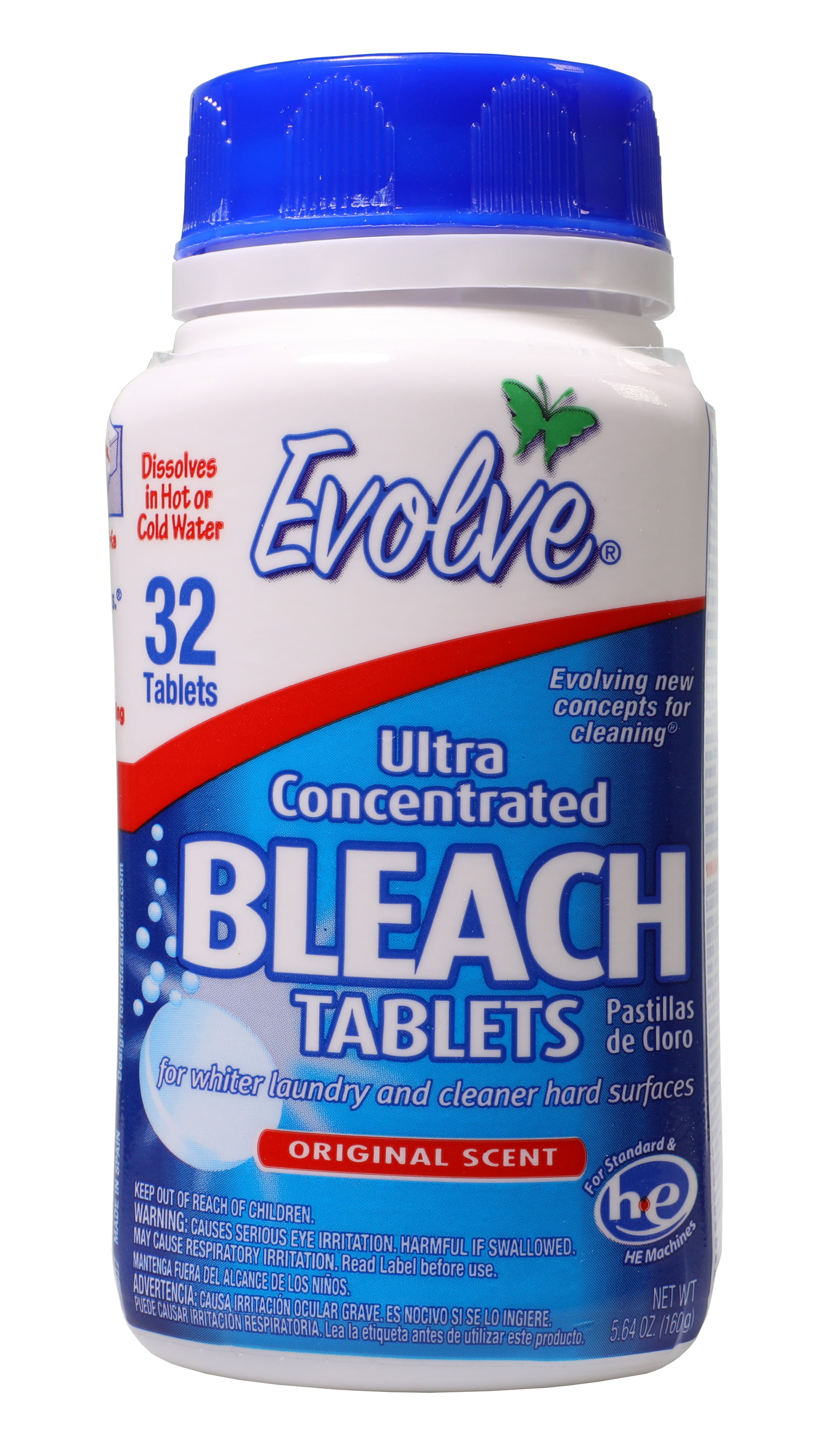

Unstabilized chlorine is just that – pure chlorine. Additionally, the higher available chlorine percentage in calcium hypochlorite also means it costs more. It’s also the most popular chlorine for pool shock, though you should always be aware of your pool’s calcium levels so you don’t overdo it. This is the most commonly used unstabilized chlorine, as it has anywhere between 40% and 78% of available chlorine in it. It has much higher available chlorine at 35%, which makes it a good option to use when you need to shock or super chlorinate your pool.Ĭalcium hypochlorite (cal hypo) is another granular option, but is more widely available in a puck or tablet. Lithium hypochlorite is a granular chlorine, allowing for easy dissolution in water. It’s ease of use also makes it the chlorine choice for water parks and large commercial pools. It’s easy to pour directly into your pool’s skimmer, and it won’t raise the pool’s overall pH level, or its calcium levels. It has a high pH level of 13, between 10% and 12% available chlorine, and is already diluted to a safe level for your pool. Sodium hypochlorite is a liquid chlorine normally found in household bleach. Unstabilized chlorine comes in 3 types: sodium hypochlorite, lithium hypochlorite and calcium hypochlorite. There are a few key differences, but none of them have to do with the chlorine’s ability to keep the pool water clean. Now that you are familiar with stabilized chlorine, how does unstabilized chlorine differ?
DOES BLUEX CHOLOROX HAVE CYA SKIN
This is because CYA also helps moderate the strength of chlorine, which makes it less harsh on your skin and hair, and you won’t need to replace your swimsuit every year. However, it’s recommended to still use small amounts of CYA (20 to 50 ppm). If you have an indoor pool, stabilized chlorine technically doesn’t need to be used because there’s no sunlight hitting the water.


This is great for you because you won’t need to keep spending money on replacing sun-depleted chlorine! So, cyanuric acid prolongs the life of chlorine – about 3 to 5 times longer than unstable chlorine. This means you’ll constantly be feeding your pool chlorine to keep the pool water chemistry balanced.

If an outdoor pool is using chlorine and no cyanuric acid present is in the water, the sun will quickly break it down. Cyanuric acid (CYA) protects chlorine from the sun’s UV rays (think of it like chlorine sunblock). Stabilized chlorine contains cyanuric acid. Trichlor comes in tablet form which is slow-released to keep the pool water steadily sanitized over a long period. It has a low pH level of 3, and is 90% active chlorine. It’s sometimes used as a shock treatment, and is very effective at killing black algae.Īdditionally, dichlor is also resistant to high water temperatures, which makes it a good type of chlorine to use in hot tubs.įor pools, trichlor is the preferred stabilized chlorine. This makes pH level fluctuations in the water less likely. Sodium dichlor is known for its near-neutral pH level of 6.5. The 2 types of stabilized chlorine are sodium dichlor and trichlor.


 0 kommentar(er)
0 kommentar(er)
